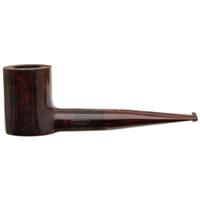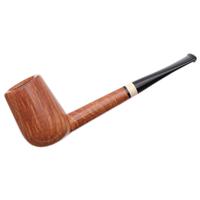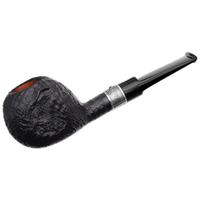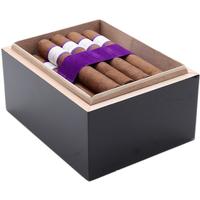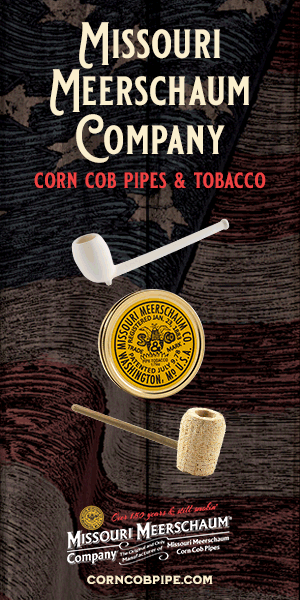A half mile South of Bug Tussle, in the beautiful foothills of the Missouri Ozarks, about the best entertainment other than attending church was reading.
And as a boy I read everything the Humansville library had to check out concerning tobacco. The literature even fifty years ago was against tobacco, but I got a taste for it anyway.
But I did learn there were two main types of smoking tobacco raised in the United States, burley and Virginia, and of the two main types the fire cured Virginia was the most highly prized and most expensive.
And of Virginia tobaccos, they were further separated into many different grades of color and quality.
Besides burley and Virginia, there were Oriental varieties and condimental varieties such as Perique, Latakia, and Maryland. Maybe those are also USDA graded for quality.
Even fifty years ago, the crusading do gooders that hated tobacco bemoaned that the very highest quality Virginia tobacco was no longer used by the evil big corporate tobacco companies, who preferred cheap burley that was artificially flavored to peddle cigarettes to kids, like I was then.
I will testify a freshly opened pack of Marlboro Reds in 1972 has the same glorious fragrance as one does today, no doubt as a result of artificial flavorings.
But what I’m wondering about is how some truly high quality, established brands of smoking tobacco such as my favorite pipe shop blend, PS Luxury Navy Flake, and all other top quality blends, are made.
Thorsten Veblen’s postulates alone can’t explain the continuing popularity of Capstan. Capstan has to be higher quality, to command the price charged in a free market.
Anyone with better knowledge than I have about the top grades of leaf please help me find more light about the grades of tobacco.
What I’d really like to know is the price difference between the lowest quality leaf and highest.
Better, costs more, in everything under the sun.
And as a boy I read everything the Humansville library had to check out concerning tobacco. The literature even fifty years ago was against tobacco, but I got a taste for it anyway.
But I did learn there were two main types of smoking tobacco raised in the United States, burley and Virginia, and of the two main types the fire cured Virginia was the most highly prized and most expensive.
And of Virginia tobaccos, they were further separated into many different grades of color and quality.
Besides burley and Virginia, there were Oriental varieties and condimental varieties such as Perique, Latakia, and Maryland. Maybe those are also USDA graded for quality.
Even fifty years ago, the crusading do gooders that hated tobacco bemoaned that the very highest quality Virginia tobacco was no longer used by the evil big corporate tobacco companies, who preferred cheap burley that was artificially flavored to peddle cigarettes to kids, like I was then.
I will testify a freshly opened pack of Marlboro Reds in 1972 has the same glorious fragrance as one does today, no doubt as a result of artificial flavorings.
But what I’m wondering about is how some truly high quality, established brands of smoking tobacco such as my favorite pipe shop blend, PS Luxury Navy Flake, and all other top quality blends, are made.
Thorsten Veblen’s postulates alone can’t explain the continuing popularity of Capstan. Capstan has to be higher quality, to command the price charged in a free market.
Anyone with better knowledge than I have about the top grades of leaf please help me find more light about the grades of tobacco.
What I’d really like to know is the price difference between the lowest quality leaf and highest.
Better, costs more, in everything under the sun.



